Lithium-Ion Pioneer Says New Cell Holds Triple the Power, but Will It Be Good Enough?

Now, a research team headed by John Goodenough, whose 1980 invention of a cobalt-oxide cathode made powerful lithium-ion batteries possible, has announced the development of a solid-state battery cell that not only has the potential (no pun intended) to store three times as much power as a conventional lithium-ion cell, but also replaces the cells’ liquid electrolytes with a glass compound. That would eliminate the fire and explosion hazard known to Li-ion power packs.
The new cell’s chemistry also allows for the replacement of lithium, a relatively rare and expensive element mined in just a few places on Earth, with sodium, which can be easily and cheaply mined or extracted from our planet’s abundant sea water. Finally, the cell operates well at low temperatures. Electric vehicles with conventional lithium-ion batteries typically have reduced range in extremely cold conditions.
In a paper published by the Energy and Environmental Science journal, Goodenough (who is 94 years old), an engineering professor at the University of Texas at Austin, joined senior research fellow Dr. Maria Helena Braga and two associates in explaining the new cell’s advantages over conventional cells. Mainly, that it is noncombustible, can withstand a higher number of charge/discharge cycles, is at least three times as energy dense, and can discharge that energy quickly. It also promises to charge more quickly than today’s batteries. While energy density directly affects range, which is perhaps consumers’ primary concern, slow recharging times also hinder consumer acceptance.
Braga began researching glass electrolytes while at the University of Porto in Portugal. Two years ago she started working with Goodenough’s team. A patent on the current results has been granted to the inventors and assigned to UT Austin.
Goodenough said in a press release issued by the school, “Cost, safety, energy density, rates of charge and discharge and cycle life are critical for battery-driven cars to be more widely adopted. We believe our discovery solves many of the problems that are inherent in today’s batteries.”
Batteries work by placing two electrodes in an electrolytic solution. Electrons (in this case lithium ions) flow from the cathode, the positive electrode, to the anode, the negative electrode. Connect the two electrodes externally with a circuit and those electrons are available to power things as they flow back to the cathode.
If a conventional cell is recharged too quickly, metal whiskers called dendrites can form around the electrodes, hindering ion exchange. If the dendrites extend across the cell, they’ll short circuit the device, causing it to overheat and potentially explode or burn. The use of glass compounds for the electrolyte eliminates the formation of dendrites and also allows for the use of alkali metal-based anodes, something not possible with conventional Li-ion cells. That increases energy density and cycle life. Test cells have withstood more than 1,200 charge/discharge cycles without increased electrical resistance.
Previous solid-state cells have required high heat to work. The research team says that this is the first solid-state battery cell that can operate below 60 degrees Celsius (140 Fahrenheit). Not only will it work at normal temperatures, the glass electrolyte continues to have high conductivity at -20 C (-4 F), promising decent energy output in all but the most severe winter weather.
While the initial test results are promising, it should be pointed out that it took more than ten years after Dr. Goodenough’s invention of the cobalt-oxide electrode for lithium-ion batteries to become practical enough for commercial production.
In an ironic twist, should the Braga-Goodenough cell actually be good enough for use in EVs, it could redound to the benefit of the traditional Motor City. The city of Detroit sits on top of a huge salt mine.
[Images: University of Texas at Austin, Michigan State University]

Ronnie Schreiber edits Cars In Depth, the original 3D car site.
More by Ronnie Schreiber
Latest Car Reviews
Read moreLatest Product Reviews
Read moreRecent Comments
- Spectator Wild to me the US sent like $100B overseas for other peoples wars while we clammer over .1% of that money being used to promote EVs in our country.
- Spectator got a pic of that 27 inch screen? That sounds massive!
- MaintenanceCosts "And with ANY car, always budget for maintenance."The question is whether you have to budget a thousand bucks (or euro) a year, or a quarter of your income.
- FreedMike The NASCAR race was a dandy. That finish…
- EBFlex It’s ironic that the typical low IQ big government simps are all over this yet we’re completely silent when oil companies took massive losses during Covid. Funny how that’s fine but profits aren’t. These people have no idea how business works.


















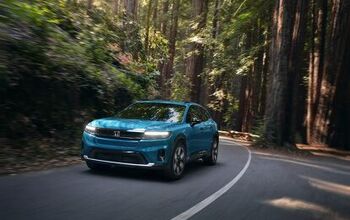

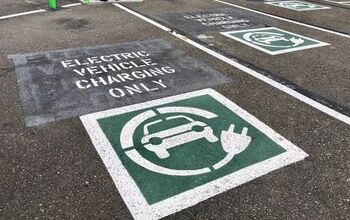
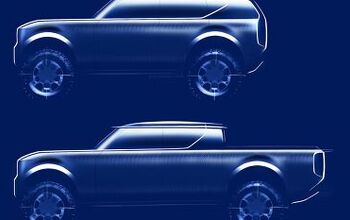
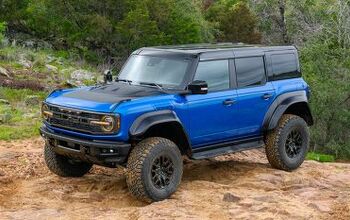




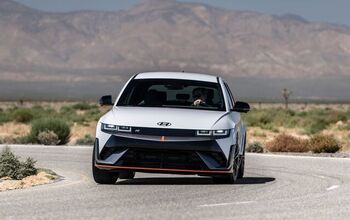
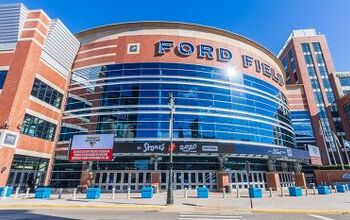
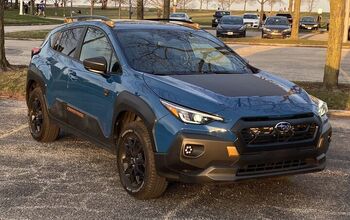

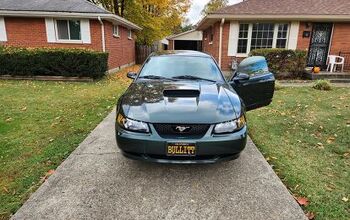
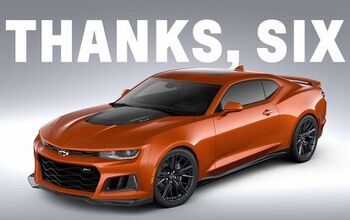
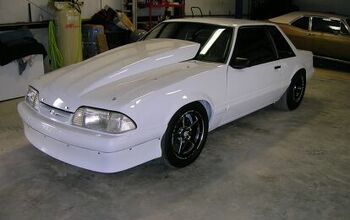
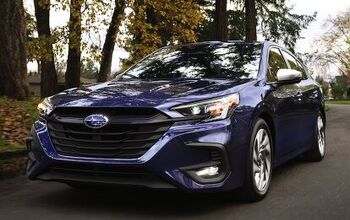

Comments
Join the conversation
The Chevy Bolt battery weighs almost 1,000 lbs and gives 200 miles of range, so about 5 lbs of battery per mile. So if this battery technology proves to be safe, effective, cheap to manufacture, and 3 times more dense than the current Bolt battery it would allow 5 lbs of battery to go 3 miles. In comparison, a gallon of gasoline weighs 6.2 lbs and in a Bolt sized car will typically allow 40+ miles of range - still a long ways from matching the energy density of carbon-based fuels.
Great improvement for LiOn batteries...but really not enough for the future...we need batteries with twice that capacity for electric cares to be fully practical. That being said Goodenough is a brilliant scientist and this is a worthwhile breakthrough.